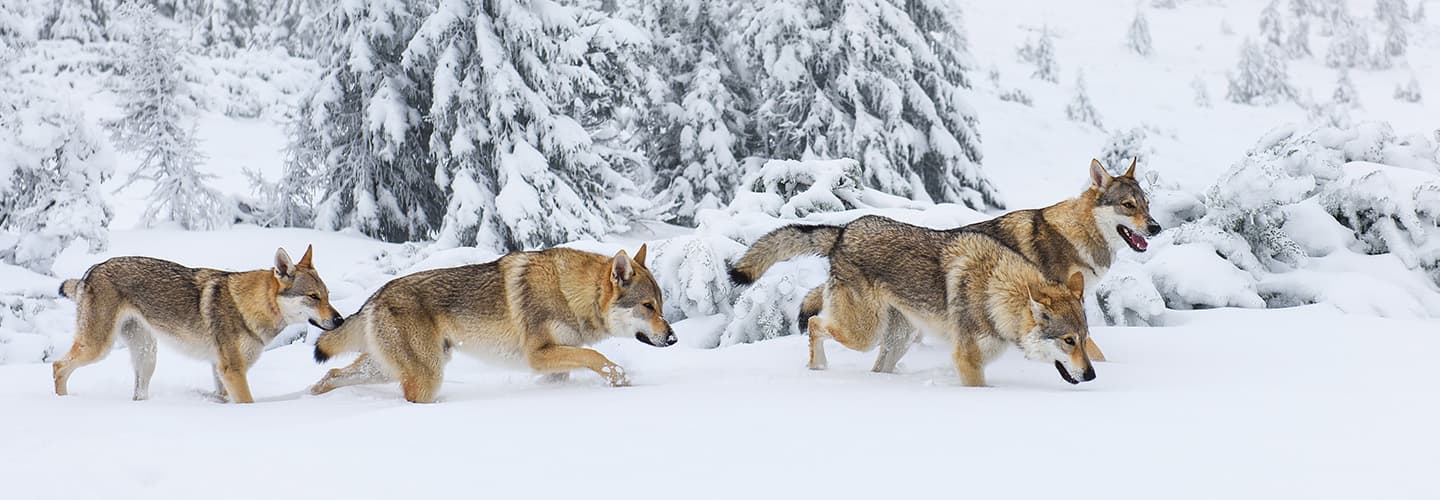Shutterstock.com
As many as 2 million gray wolves once roamed North America. Their mighty howls could be heard from the forests of New England to the shores of the Pacific coast. But by the 1960s, people had killed so many of them that only a few hundred wolves remained in the contiguous United States.
To help the struggling species recover, the U.S. Fish and Wildlife Service (FWS) placed gray wolves on the endangered species list in 1974. Animals on the list cannot be harmed, and their habitats must be protected. Eventually, the number of gray wolves south of Canada bounced back to about 6,000. In 2020, the FWS removed the animals from the endangered species list, saying they were no longer at risk of extinction.
But earlier this year, a judge reversed that decision, putting wolves back on the list in most states. Many conservationists think that was the right move. They say wolf populations are still in danger of declining.
Many other people, however, argue that the species has already made a remarkable recovery and no longer needs to be protected by the U.S. government.
As many as 2 million gray wolves once roamed North America. Their mighty howls could be heard from the forests of New England to the shores of the Pacific coast. But by the 1960s, people had killed most of them. Only a few hundred wolves remained in the contiguous United States.
The U.S. Fish and Wildlife Service (FWS) wanted to help the struggling species recover. The FWS placed gray wolves on the endangered species list in 1974. Animals on the list cannot be harmed. Their habitats must also be protected. Eventually, the number of gray wolves south of Canada bounced back to about 6,000. In 2020, the FWS removed the animals from the endangered species list. The FWS said wolves were no longer at risk of extinction.
But earlier this year, a judge reversed that decision. Wolves are now back on the list in most states. Many conservationists think that was the right move. They say wolf populations are still in danger of declining.
Many other people, however, argue that the species has already made a remarkable recovery. They say wolves no longer need to be protected by the U.S. government.

